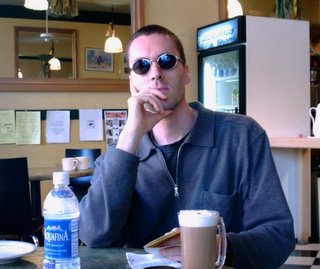Applying Harry Potter
The frenzy over the 7th and last book of the Harry Potter series “The deathly hallows” hasn’t stopped yet, it seems to gain strength every day. Allow me a couple of observations in regards to this phenomenon:
- Looking at the sales numbers per published edition, you can observe an increase of sold copies with every single volume. This is one of the rare publishing successes where you have a constant and almost exponential increase in success, especially if you count the previous volumes sold after every single release. It is definitely one of the best product examples of how one can increase sales and distribution on every key sales driver: Customer penetration (the later the editions, the more customer age groups have been reached), geographic reach, (the later the editions, the more countries have acquired translations rights), and distribution channels (the later the editions, the more channels sold the book; yesterday I saw that not only Costco is selling the 7th book but Best Buy, too).
- A lot of critics have written about the “coming of age” or “growing up” classical novels that Harry Potter is part of. I think most critics neglect the power of Harry Potter’s book as endless accumulating riddles, where some of them get solved but others appear new. The most similar recent commercialized story is “Lost” in which every solved mystery creates two new ones. There is a huge addictive appeal to this kind of story telling.
- Magic in Harry Potter’s book is nothing else than creatively and scientifically creating and solving riddles (except for the applied magic in the increasing fighting scenes between Harry and Lord Voldemort). There is no contradiction between the creative (more Harry Potter’s approach ) or the scientific (more Hermione’s approach) side of creating and solving riddles. Both are needed, both work together. What a wonderful analogy to our marketing discipline!
What does this all mean for our data discipline? A couple of (definitely far fetched) analogies and suggestions:
- We still need to better understand of how and why certain newly launched products grow successfully. We neglect too much to really understand the growth drivers of product launches that would help us to design a multi-year product development plan with more success changes.
- Our data work is too often the Sisyphus like work of solving one riddle and creating a new one. This should not be our approach or MO, we should solve questions to provide answers not to create new questions. Unfortunately that’s why I still see in the majority of analytical work.
- To solve riddles, to decipher mathematical or analytical problems, one needs to apply creative and analytical powers. It’s Harry and Hermione combined in one person. It does not happen in the book, but it can happen in real life.
There might be no 8th sequel of Harry Potter but there is daily sequel in our line of work, an 8th chance of telling our story.


1 Comments:
Thank you for sharing a nice article.
Congratulations on your posts, not go from your site successful.
Post a Comment
<< Home